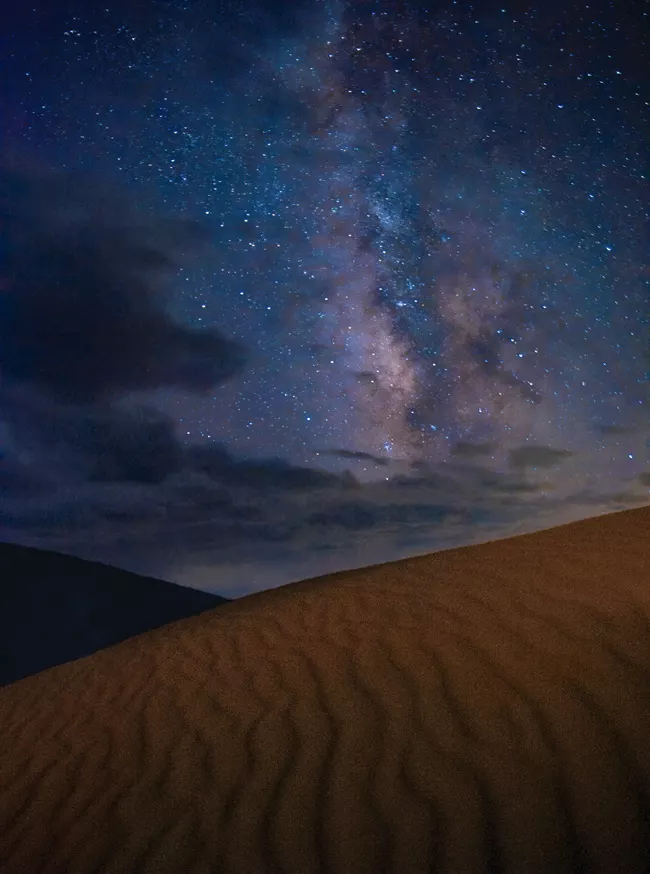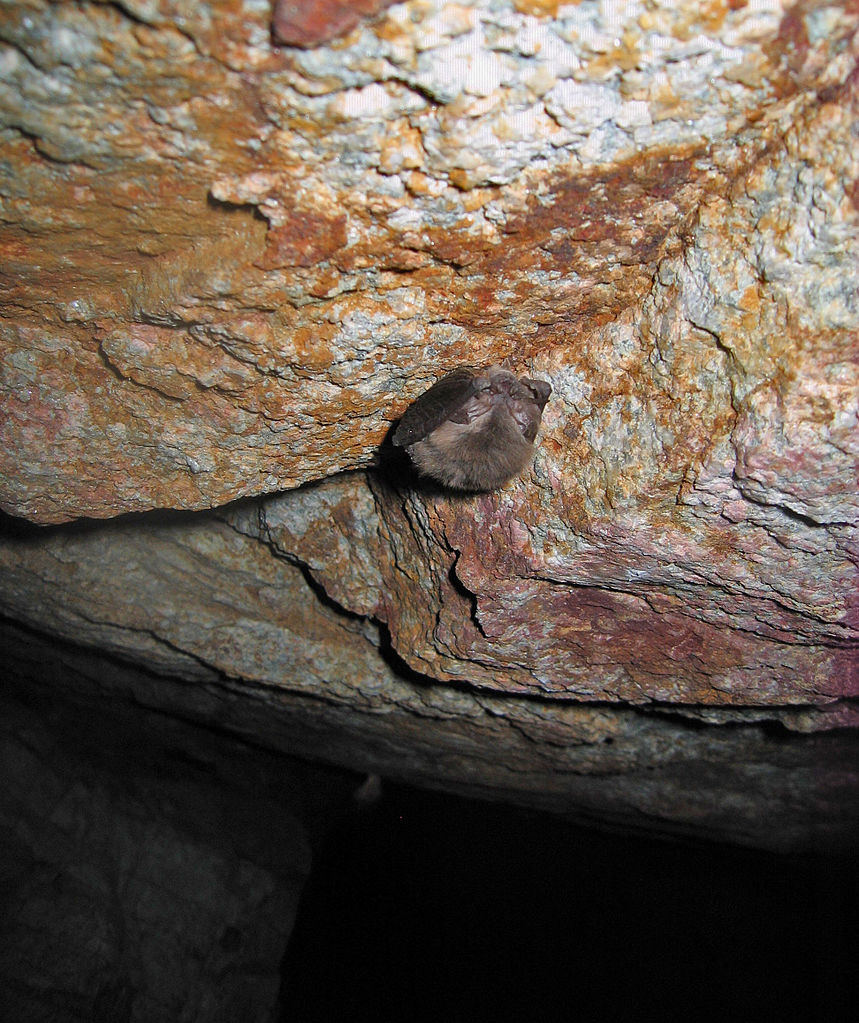
When I was a child, I regularly played outside after the street lights came on in the suburbs of Chicago. The night brought out a new adventurous side to me. I loved the freedom of car-free streets and the little goosebumps I would get from the glow of a full jar of lightning bugs. The tingle of my arms from the cool night breeze or knowing that I might soon be caught and become “it” during a night time game.
My eyes opened as wide as they could on the camping trip my dad and I saw Halley’s Comet streak across the night sky. This moment solidified my love for the outdoors and the universe above. Tracking the croaks of neighborhood frogs always led to giggles as my best friend Brian and I tried to hold the slimy amphibians in our hands.
There is a whole world to discover when the sun sets behind the mountains in Colorado. Here are some ideas for families to create experiential memories when the sky darkens.
Hunt for nocturnal animals
With the diverse habitats of the foothills, wetlands and forest around Boulder County, there are many nocturnal and crepuscular (active at dusk) animals to be found close to home.
According to the City of Boulder’s Open Space and Mountain Parks (OSMP), Boulder County is home to 11 different species of bats, a quarter of all the bat species in the U.S.

Searching for animals at night is a full sensory experience. Use the red filter on your headlamp or flashlight to avoid scaring animals away. Minimize talking and listen for rustling on the ground or from above.
Head to an open space, or even your neighborhood, to look for salamanders, bats or toads. Our picks are Sawhill Ponds, Coot Lake and Bobolink for some night observation. OSMP trails are open from 5 a.m. to 11 p.m., with some exceptions.
You can also be a citizen scientist and help track nocturnal animal locations and movements in Boulder County. Critter Snap is looking for volunteers to classify photo data: Go to zooniverse.org/
projects/bouldercounty/critter-snap.
Look to the skies
Grab a blanket, lay down, look up and let your eyes adjust for about 10-15 minutes. Pretty soon, you will be able to see more and more stars. Use an app like SkyView Lite to help you locate constellations, planets and even the International Space Station as it passes by.
In August, the Perseids meteor shower put on quite an annual show in the night sky. Look for special events at International Dark Sky Parks, and state and national parks close to home. The scenic overlook off Peak to Peak, Rocky Mountain National Park and Button Rock Preserve have all been places we’ve observed the night sky close to Boulder.
Spy a firefly
If you grew up in the East or Midwest, catching fireflies (also known as lightning bugs) is a rite of passage in the summer. While the light is often duller in color, fireflies can be found in Colorado if you know where to look.
This elusive species enjoys wetlands and marshy areas especially where cattails are found. There is a short time frame to enjoy the glow typically from the end of June through mid-to-late July based on the weather.
Sawhill Ponds in Boulder looking south into the farmer fields near the railroad tracks is our favorite local place to spot them. Some other consistent places to view fireflies are Riverbend Ponds Natural Area and Reservoir Ridge Natural Area in Fort Collins, and Morey Wildlife Reserve in Loveland. Reports of fireflies north of the Pleasant View Soccer Complex in the wetland area off 47th Street have been made over the years.
You can even help the Butterfly Pavilion as they work to restore firefly populations in Colorado. Document your sightings to help with conservation efforts.

Paddle under the moon
Rocky Mountain Paddleboard is one outfitter that offers full moon paddle nights with rental equipment included at Boulder Reservoir and Cherry Creek Reservoir. Or head out on a full moon night and paddle in a local body of water. Union Reservoir is open until 9 p.m., while McIntosh Lake is open until one hour past sunset. Grab a permit to paddle at Brainard Lake under the moon (no time restrictions).
Take a sunset hike
Recharge after a full day by taking a sunset hike. For safety, choose a familiar trail you can navigate by headlamp. Obstacle-free trails that are wide open are the best choice, especially if you have young adventurers. Enjoy a picnic dinner or dessert as the sun sinks behind the mountains. Or consider taking in the opposite view by waking up early to catch the sun coming up over the horizon.
A few of my favorite sunset trails are Coot Lake, Walter Orr Roberts Weather Trail at the NCAR Trailhead or Davidson Mesa, where the views are stunning while the trail is relatively hazard-free. There are so many places to get higher up to enjoy the sunrise. Mt. Sanitas is a classic hike for starting the morning. Near the perfect sunrise overlook, the Long Canyon Trail is a moderate hike that begins and ends near the Lost Gulch Overlook. Short in length but not on views, the Red Rocks Trail is also a favorite.
Visit a national park at night
With national park visitation growing year to year, quiet moments (and reservations) during the daytime are becoming harder and harder to find. Traffic-free park roads, empty trailheads and the serenity of the evening are just some of the perks of visiting when the sun goes down.
All four national parks in Colorado are open 24 hours. Three of the four national parks in Colorado are designated as International Dark Sky Parks due to the lack of light pollution: Mesa Verde, Great Sand Dunes and Black Canyon of the Gunnison. So are Hovenweep National Monument, Florissant Fossil Beds National Monument, Dinosaur National Monument and Curecanti National Recreation Area.
There is a reason that the National Park Service uses the slogan, “Half the park is after dark,” a slogan coined by astronomer, author and artist Dr. Tyler Nordgren.
Children ages 5 to 12 can earn a special Junior Ranger Night Explorers badge by completing an activity booklet picked up at a visitor center or online.
